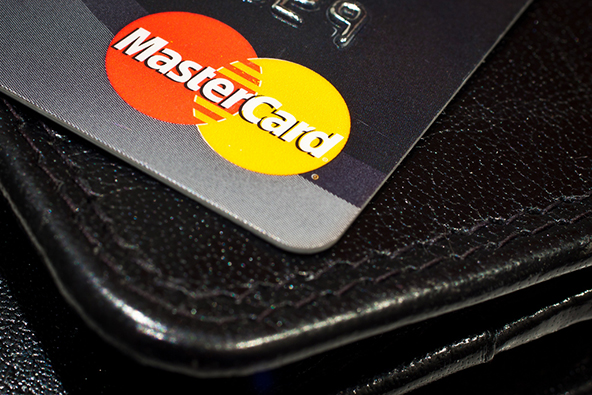13 Signs of a Valid Visa Card
The Takeaway
Accepting card payments in a face-to-face setting gives you the huge advantage of being able to physically inspect each card and ensure its validity.
Add to that the ability to evaluate your customer’s behavior for signs of anything suspicious or unusual and it becomes obvious why a face-to-face environment is lower-risk than card-not-present one.
There is no excuse for not taking advantage of it. Inspecting the security features of a Visa card should only take you a couple of seconds and there is no better way to spend your time while waiting for an authorization response.
In a card-not-present setting, in contrast, you cannot physically inspect the card presented for payment, nor can you directly observe your customer’s behavior.
Yet, as we have just seen, there are powerful tools that have been developed by Visa to help you validate cards and authenticate cardholders with a high degree of precision.
Of course, there are many other fraud prevention tools and strategies, which I have not reviewed in this article (we have done so elsewhere in this blog) and which can help you minimize fraud risk even further, but if you follow the recommendations I’ve just given you, you’ll be in good shape.
Image credit: Androidlab.it.



Well in the example its 40 not 50
The sum is 50, not 40, even though it would make no difference.